The facelifted Ford Focus will cost from £13,995, the same as the current model, when it goes on sale in November.
Ford's biggest-selling global car has undergone a significant refresh that adds more technology, improved cabin quality, new powertrains, some cosmetic revisions and a raft of chassis and handling tweaks.
The range retains a six-level line-up of Studio (from £13,995), Style (£16,795), Zetec (£18,295), Zetec S (£20,045), Titanium (£19,795) and Titanium X (£21,795). The prices of the high-level Titanium and Titanium X versions are £100 less than the current equivalents.
The entry-level model will continue to be a 1.6-litre TI-VCT petrol in Studio trim equipped with a five-speed manual gearbox. The cheapest diesel variant will cost £17,895 for a 1.6 TDCi in Style trim with a six-speed manual transmission. The entry-level estate-bodied car is the 1.6-litre petrol at £17,880.
Ford product development boss Joe Bakaj has pledged that the new Ford Focus, heavily revised in the latest generation, will regain its slot as the best-handling car in the class.
Stung by the handling prowess of the latest Volkswagen Golf, which ousted the Ford Focus as the best-handling car in the class, Ford has engineered a raft of detailed chassis changes as part of a deep-facelift that also includes four re-tooled body panels, revised front and rear bumpers, new front and rear lights, a new dashboard and new cleaner engines.
"We want our handling crown back, that's why our engineers put a lot of effort into revamping the Focus chassis," said a determined Bakaj at a launch event for the new Focus earlier this year.
Many of the detailed chassis components are replaced or retuned, starting with new, more expensive front dampers, which now offer more subtle body control thanks to two extra steps in the damper valving.
The springing stays the same, but there are new, stiffer bushes both front and rear, aimed at firming the chassis in a lateral direction with the benefit of more stability.
"The turn-in was already pretty good," says Bakaj, "but the new Focus has less delay on turn-in and that extra edge of bite in cornering."
Also retuned is the electric power steering, which Bakaj says now offers better 'on-centre' feel. "The steering wheel weighting is now much more progressive, too," he adds.
More handling improvements come from a reprogrammed ESC system, which is said to operate more smoothly with more gentle intervention.
As a result, Bakaj says the new Focus is now more stable in extreme lane-change manoeuvres and can tackle slalom-type courses at higher speed. "It gives you more confidence," he adds.
The roll centres have also been adjusted by subtle geometry changes, which reduce cornering body roll.
The facelift program – the Ford Focus was all-new only in 2010 – is the deepest-ever mid-cycle re-fresh applied to Ford’s best-seller since the Focus nameplate was launched in 1998 and follows on from similarly significant revisions applied to the new Ford Fiesta last year.
Indeed Ford's European chief Stephen Odell said: "The changes are so substantial I prefer to call it an all-new car. It's not just the bodywork and interior, but the technology, the suspension and so on. The focus on ride and handling is crucial - it's long been referred to as part of Ford's DNA and we think the changes keep us right there."
Ford has also freshened the Focus visually, with new metalwork, bumpers, grille and lights, created under Ford Europe design director Steffan Lamm. The centrepiece of the new look is a hallmark, trapezoidal grille, now positioned higher up on the Focus nose in what Lamm describes as a 'prouder' position.
The grille in these pictures features five chromed bars with a chrome surround and will be standard on top-spec Titanium models. Entry-level and mid-spec models will feature a matt-black mesh grille, which may appear sportier than this glitzy Titanium version.
"The grille is up high and looks more sophisticated. We have a sporty look, but with a touch of sophistication," says Lamm. Also new are more narrow, less dominant headlamps, a feature that Lamm says will become a feature on all new Ford models.
"Slimmer headlights are part of our design DNA. We did the same on the new Ford Fiesta," adds Lamm. A new bonnet pressing now adds more shape with a centre 'power dome' leading down to the grille-mounted Ford blue oval badge.
To fit the new narrower headlamps and deeper front bumper moulding, Ford says it has also re-tooled the front wings, although the changes are subtle. As significant are the rear styling changes, where a new tailgate pressing features fewer parts, and is laser-welded for greater stiffness.
The new tail-lamps take on a wider proportion, but cleverly Ford has avoided having to re-tool the rear wing panel by retaining the same shape of lamp where the lens wraps around the body side. The tailgate glass is also retained, again to save expensive re-tooling.
A range of revised engines, including a new 88g/km diesel and 99g/km petrol, will also keep the Focus competitive with rivals and all engines now meet EU6 regulations.
The Focus is the first car to be fitted with a new Bridgend-built 1.5-litre EcoBoost petrol engine, with 148bhp and 177bhp power outputs. Also new is a 1.5TDCi with outputs of 94bhp and 118bhp and built in Dagenham.
Entry-level models will continue to be powered by the 1.0-litre EcoBoost in either 99bhp or 123bhp versions, and a new version will offer 99g/km, which Ford claims as the first non-hybrid family hatch to slot below 100g/km.
Detailed improvements to the 2.0 TDCi are said to have improved economy by 14 per cent when matched to a manual transmission and 13 per cent with the auto. Also coming is a 1.5 TDCi mated to a Powershift auto, which promises a 19 per cent economy improvement over the outgoing version.
Ford says it responded to customer feedback and has redesigned the Focus centre console to eliminate the 'multi-button' look that many drivers disliked. "Technology has moved so fast with touchscreens becoming available, so we listened to Ford buyers and invested in a cleaner-looking dashboard," says Ford Europe boss Barb Samardzich.
A battery of 18 electronic driver aid 'Assist' technologies have also been added to the Focus for the first time.
The new Focus is the first Ford to offer Perpendicular Parking, an additional hands-free parking technology to help drivers reverse into spaces alongside other vehicles.
The system operates in the same way as the existing Active Park Assist technology, and is made possible thanks to new sensors incorporated at the rear of the car.
These extra sensors also enable Ford to offer two more parking systems: Cross Traffic Alert, which warns drivers reversing out of a parking space of vehicles that may be about to pass behind them, and Park-Out Assist, which helps drivers with exiting a parallel parking space.
As important is second-generation Sync II software for the driver interface, which is now cleaner looking, and claimed to be simpler in operation. It features a high-resolution, eight-inch colour touch screen and voice control to access audio, navigation, climate control and mobile phones.
Sync II’s navigation system also offers a split-screen display – which is a first for a Ford vehicle in Europe. Ford's MyKey technology – which allows owners to restrict the vehicle's top speed and programme restrictions on other controls – is carried over from the Fiesta.
At the heart of the revised interior is a new, sportier-looking three-spoke steering wheel.

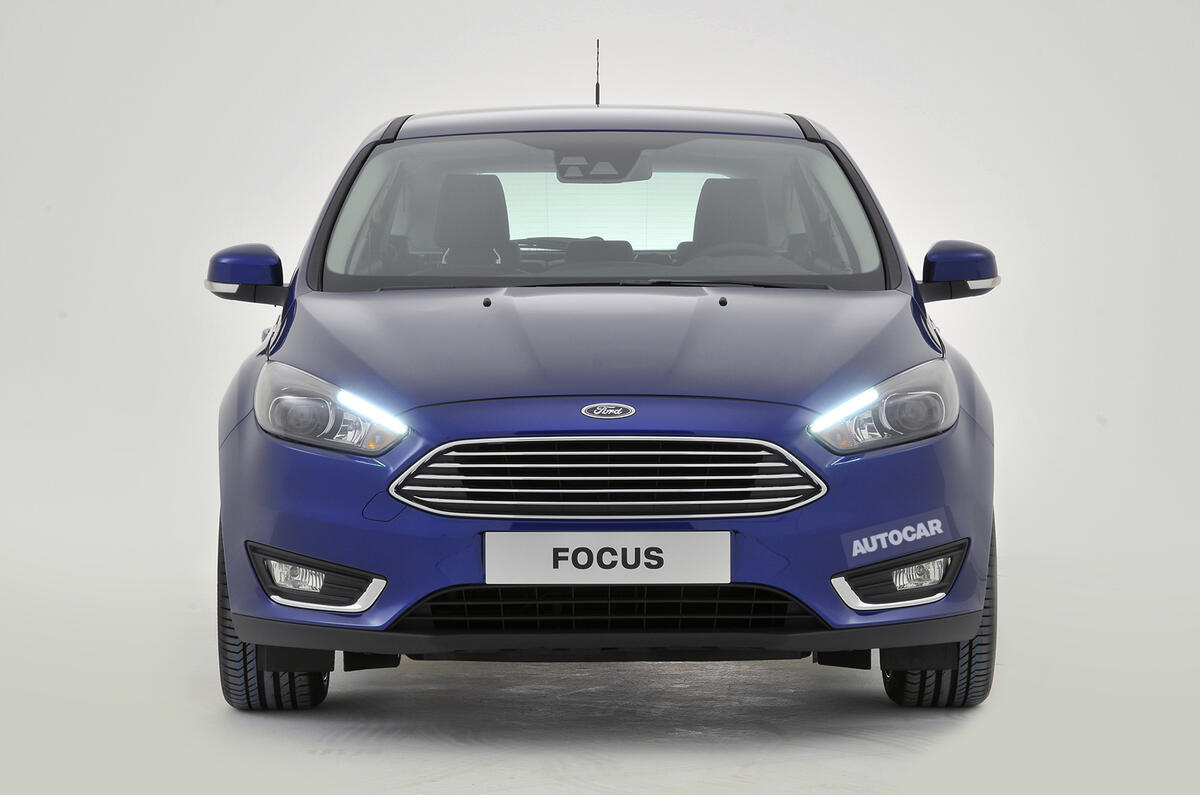
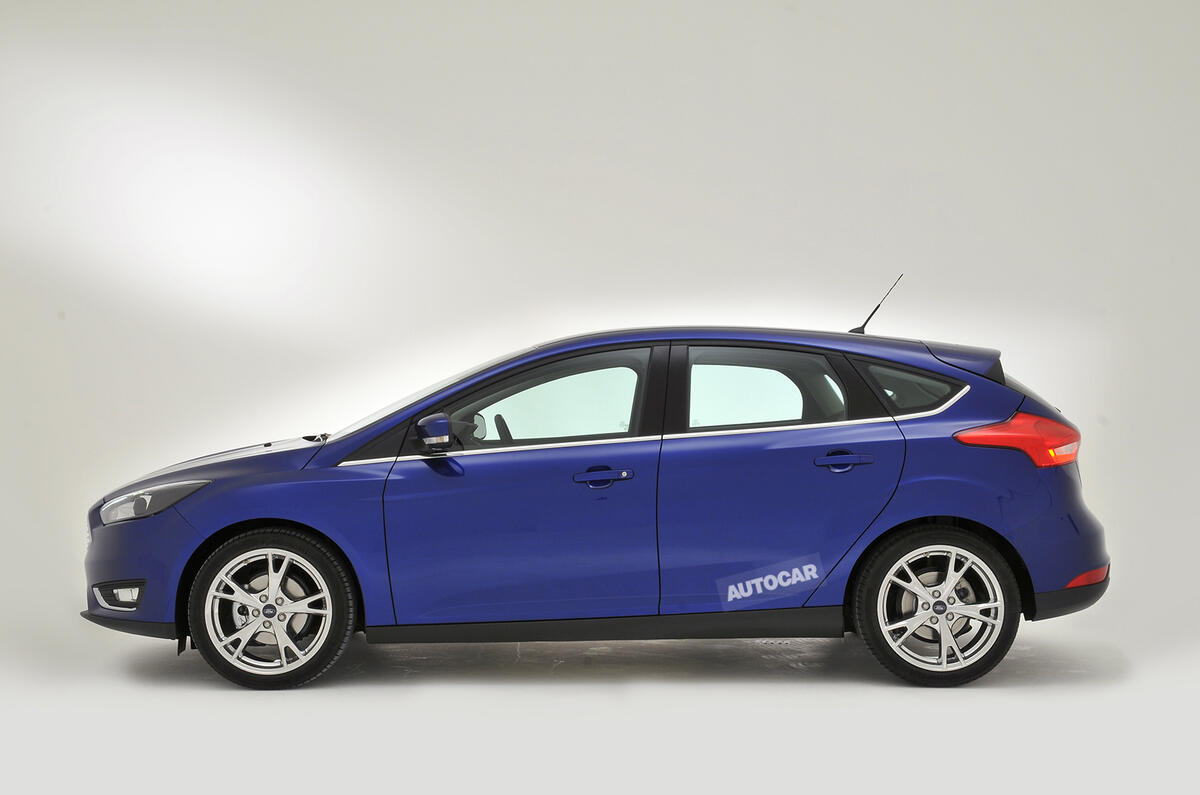
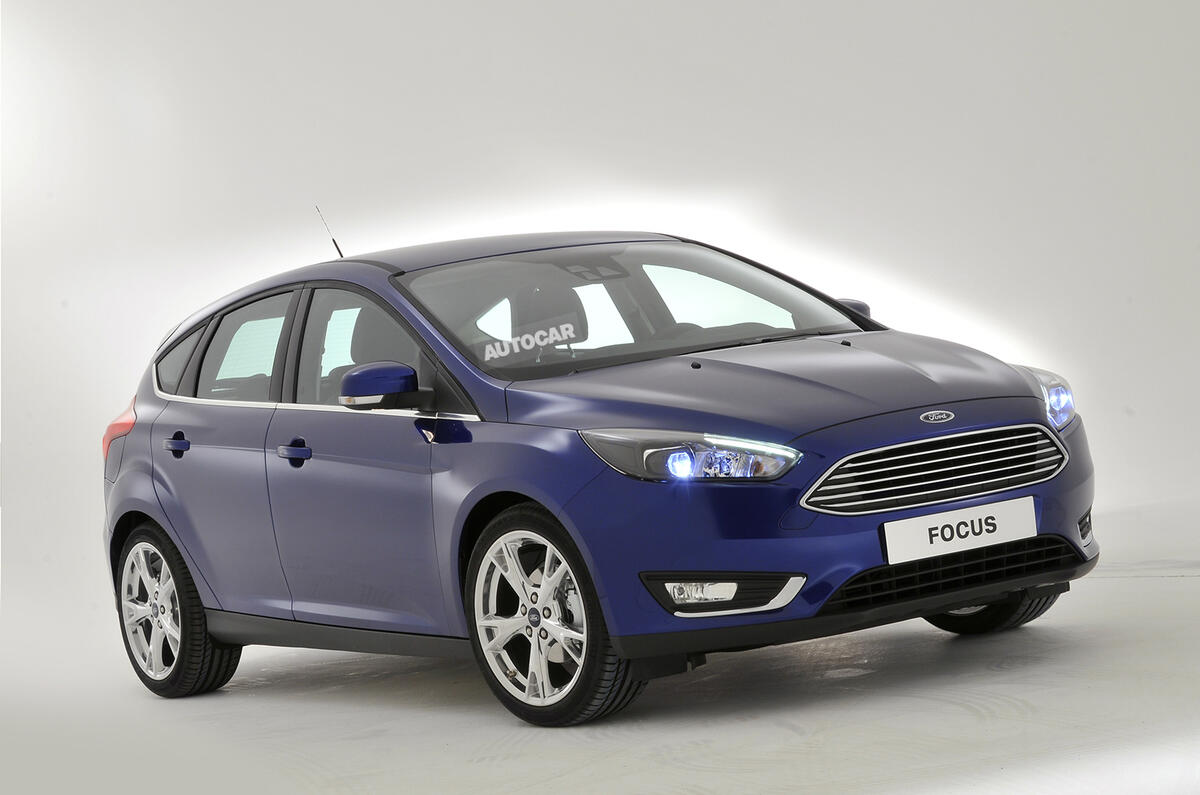
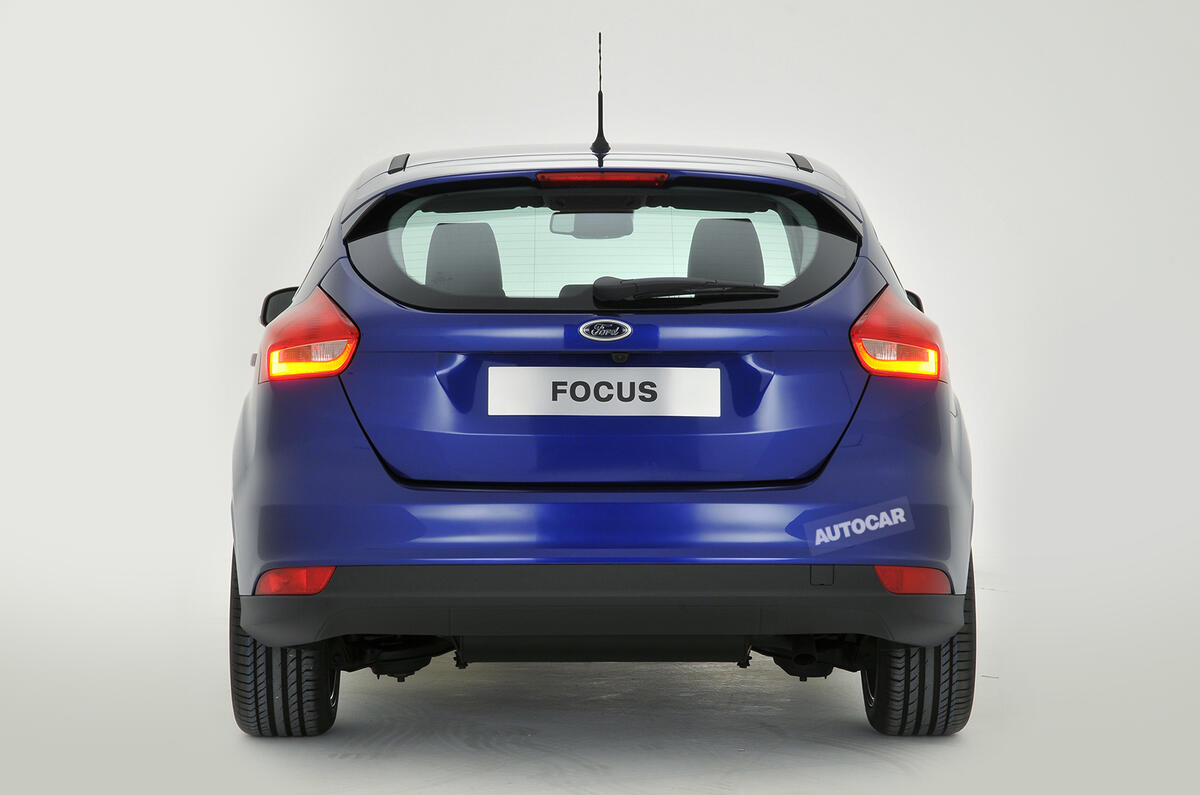
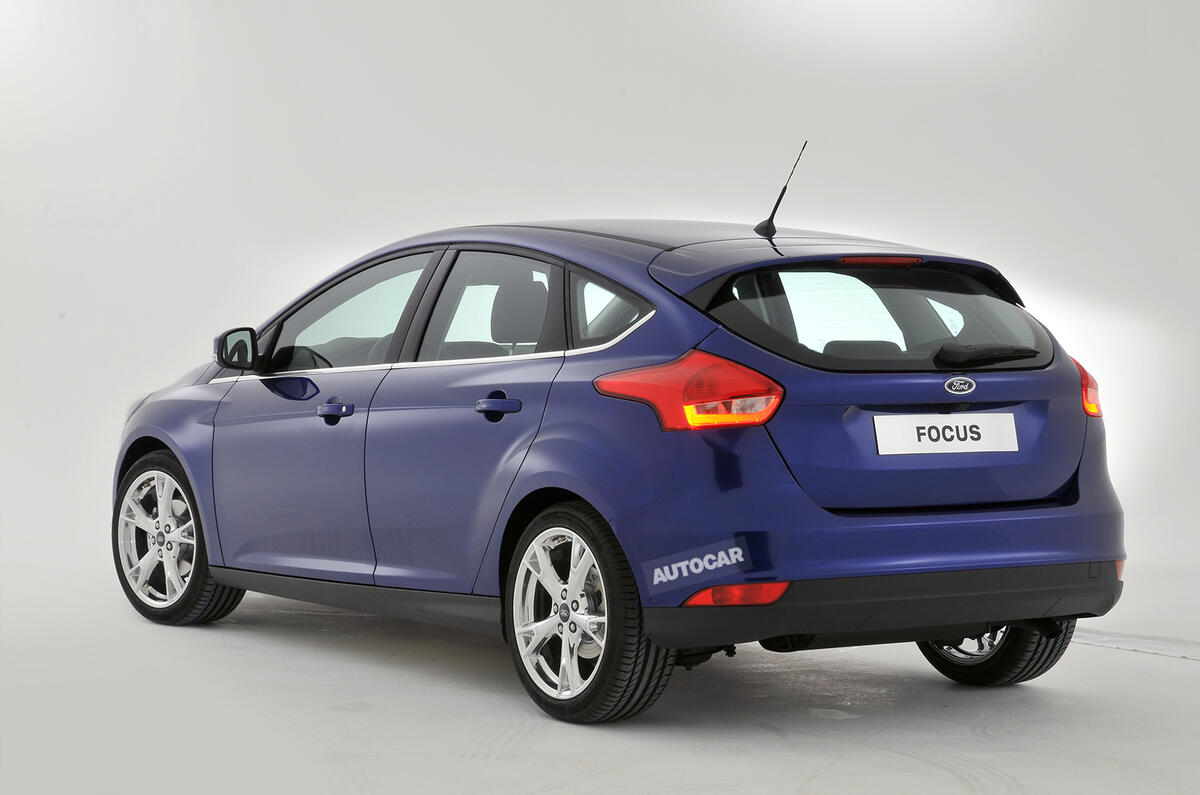
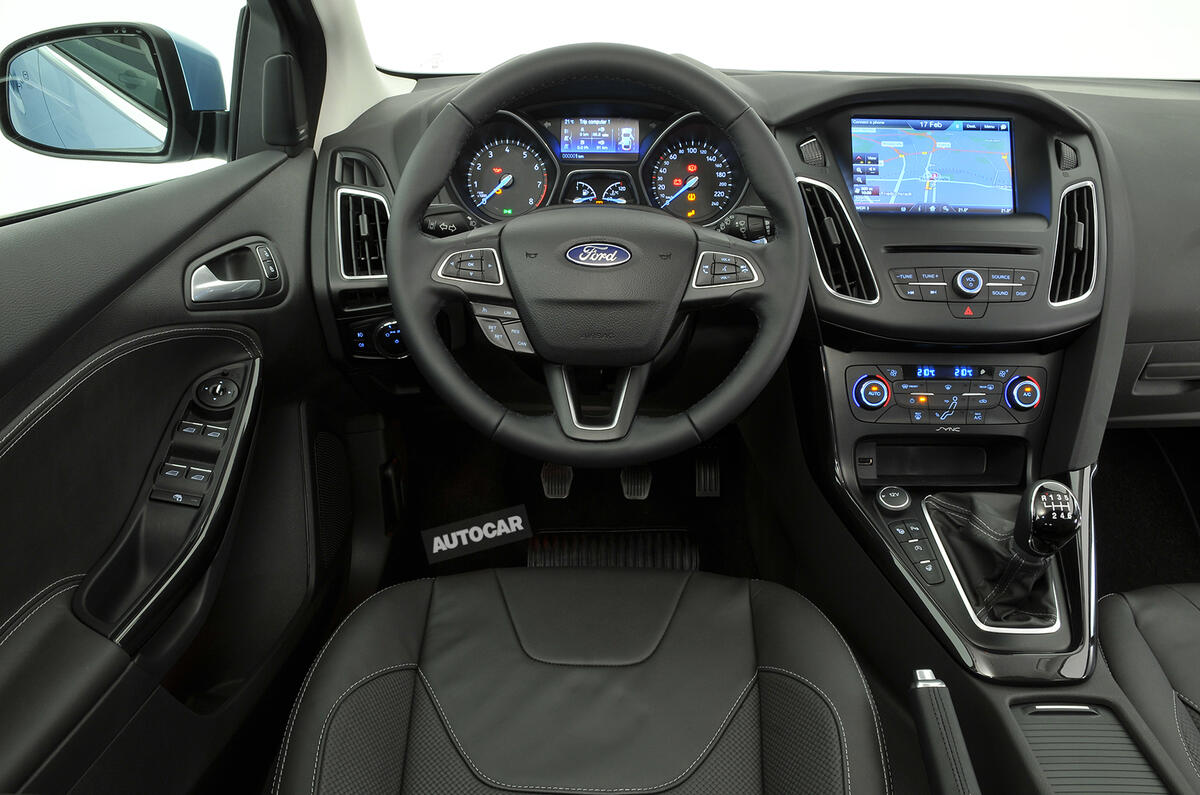
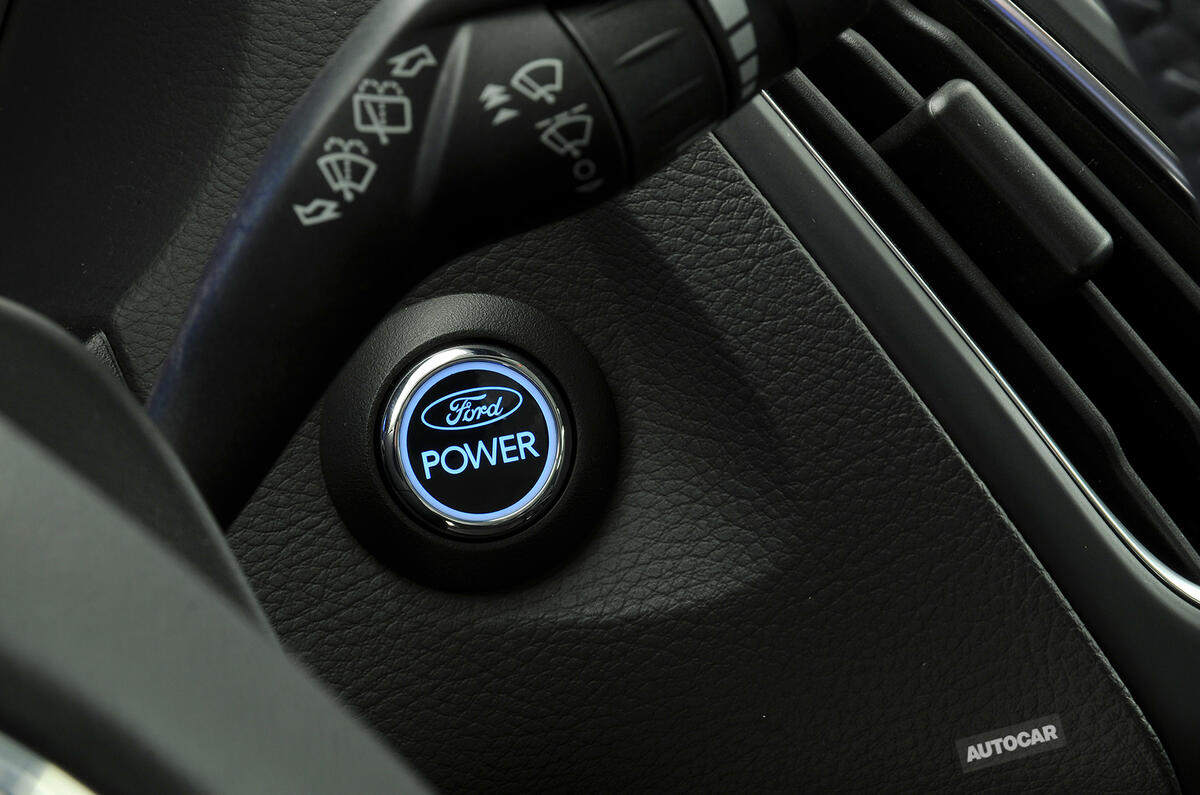
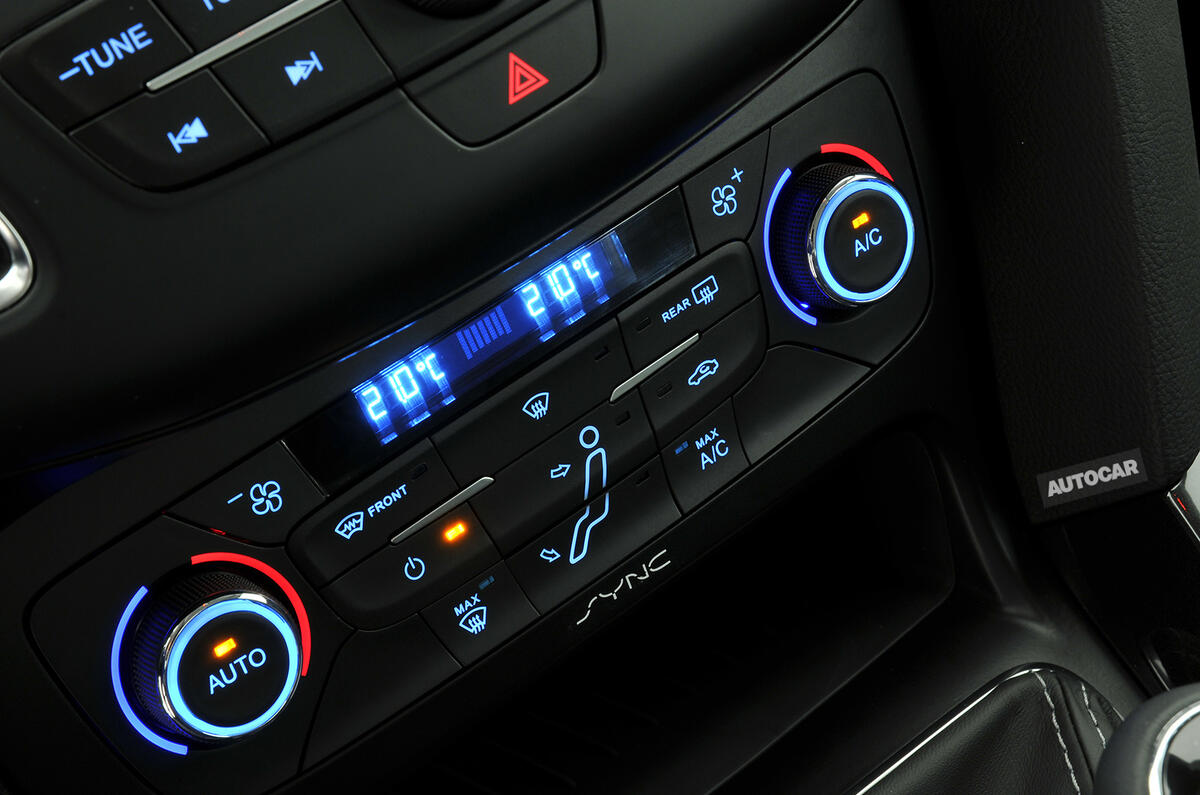
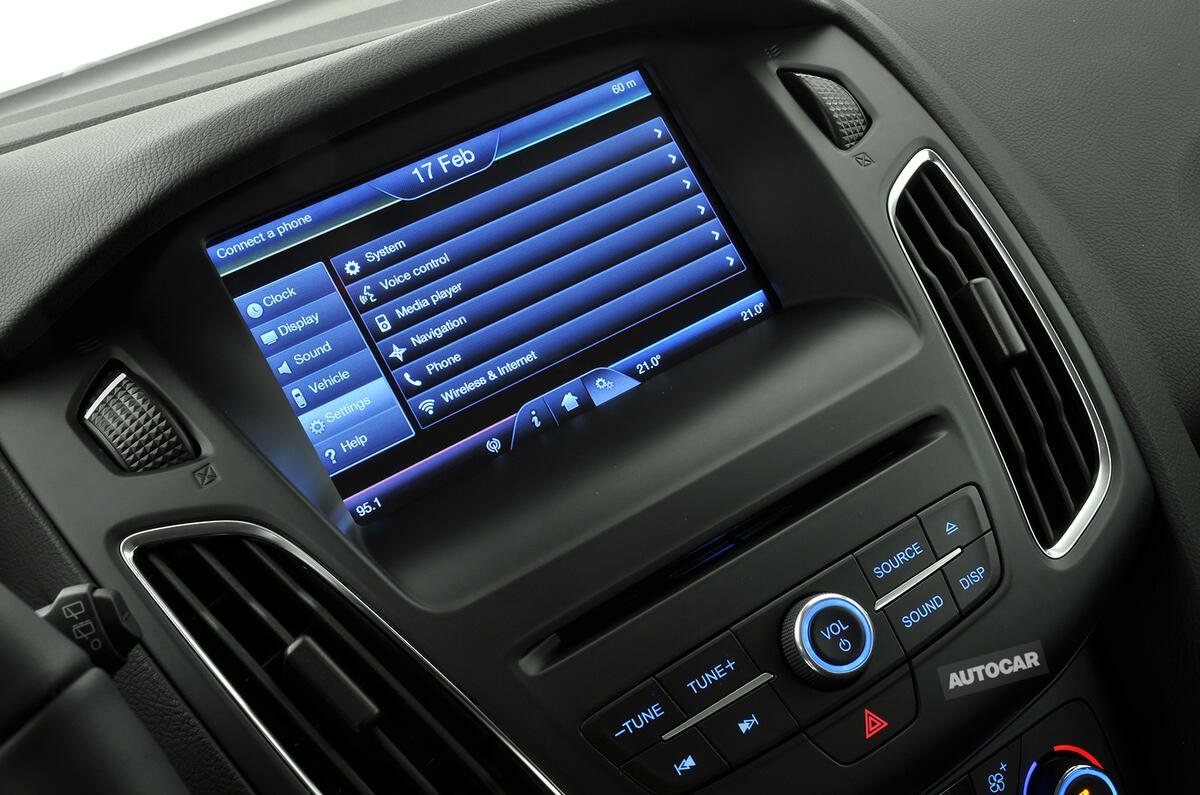
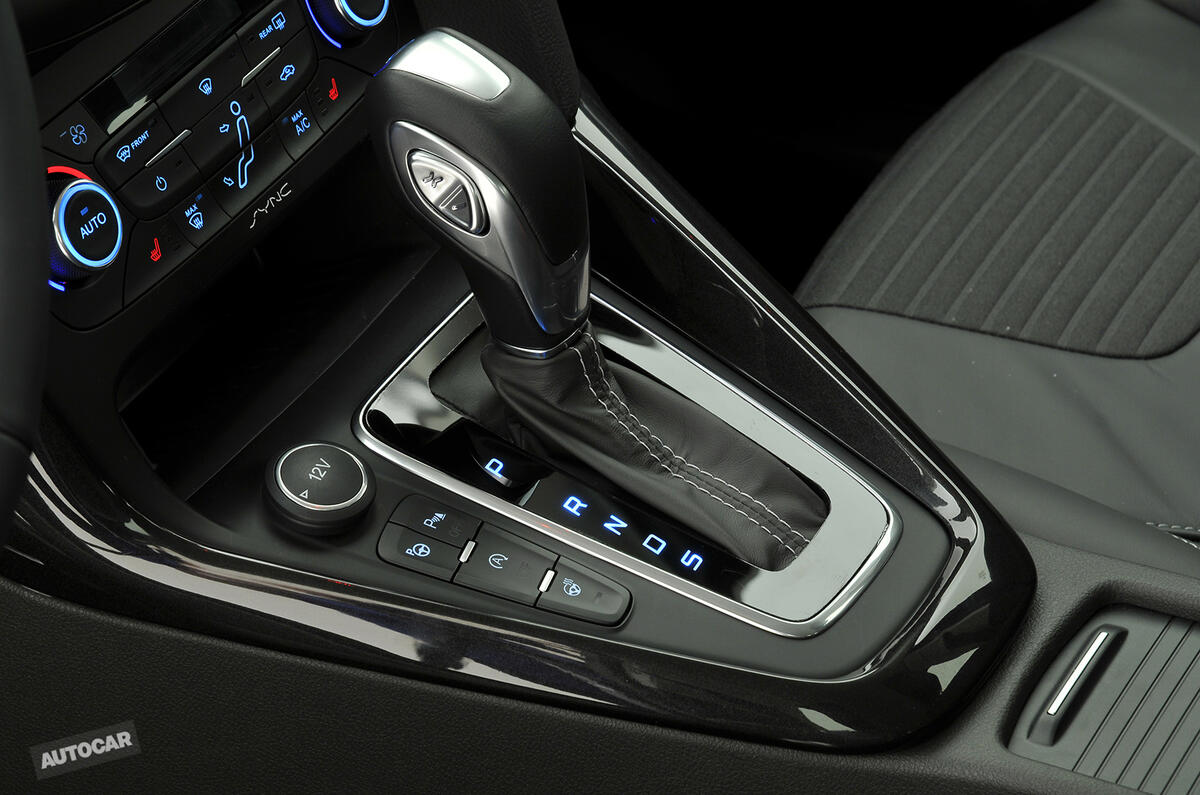
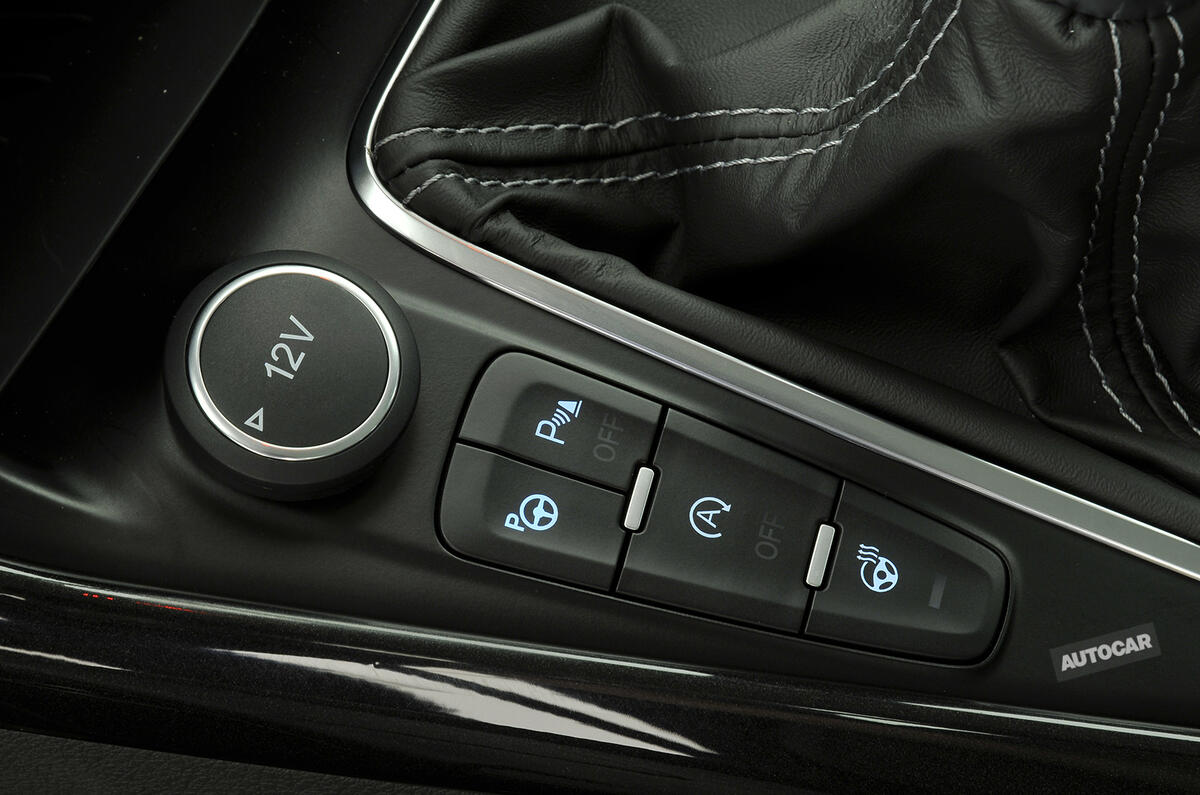
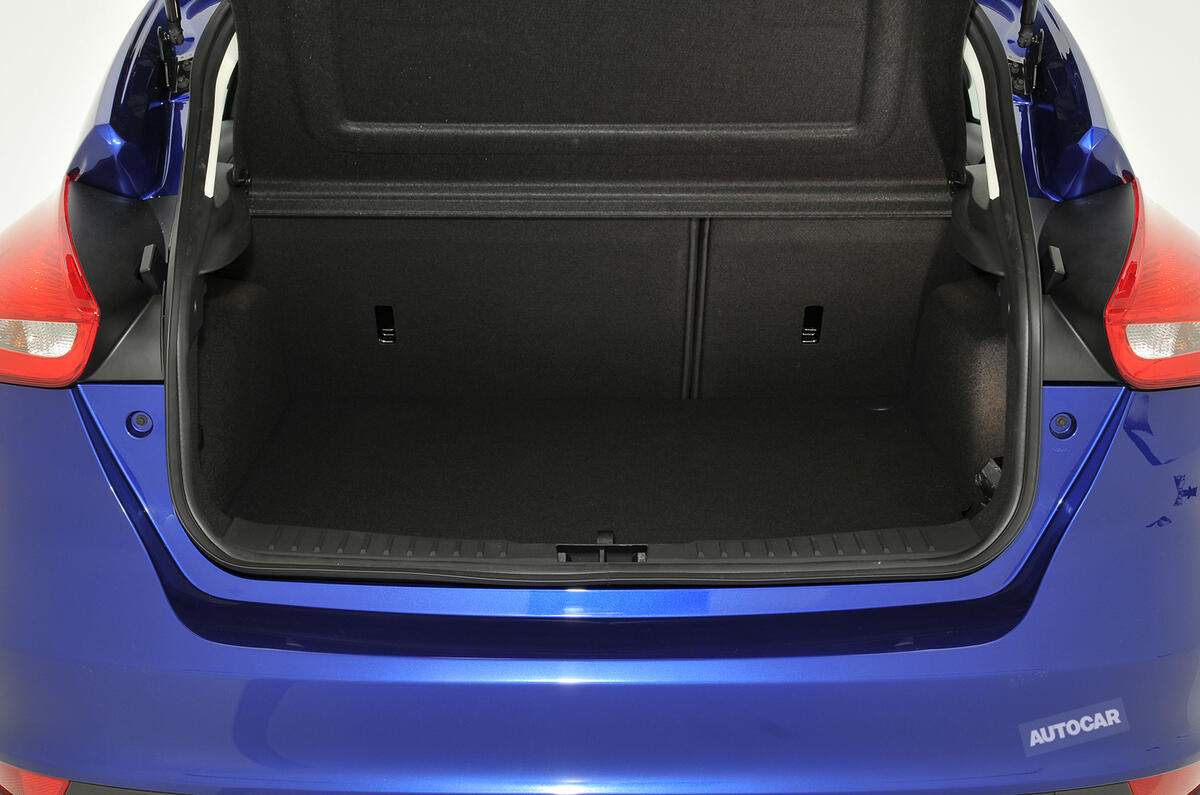
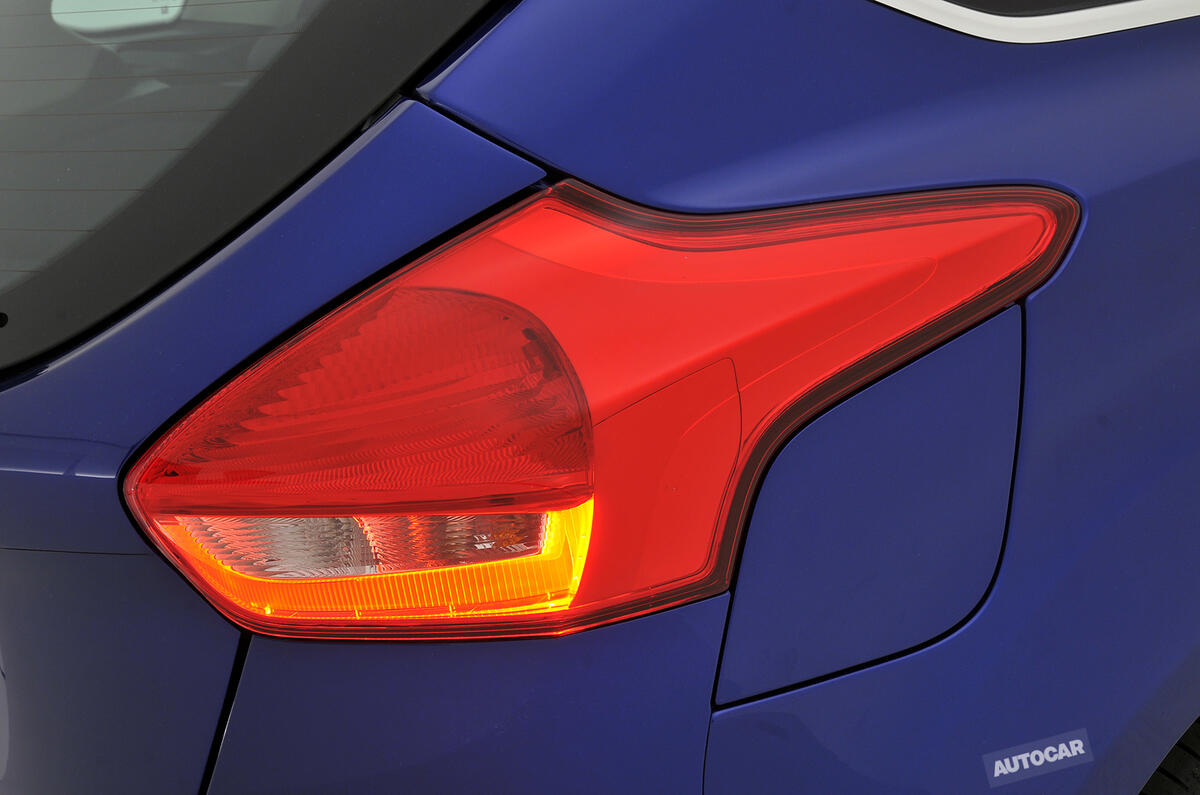
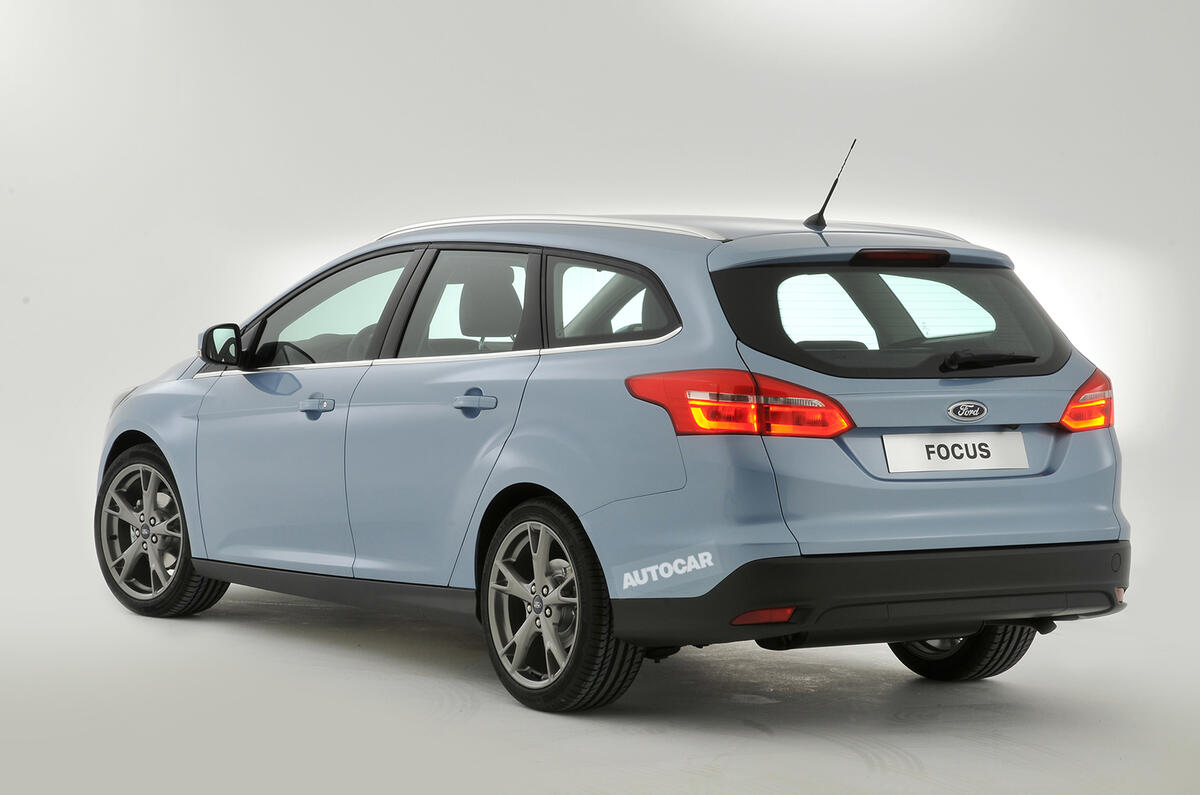
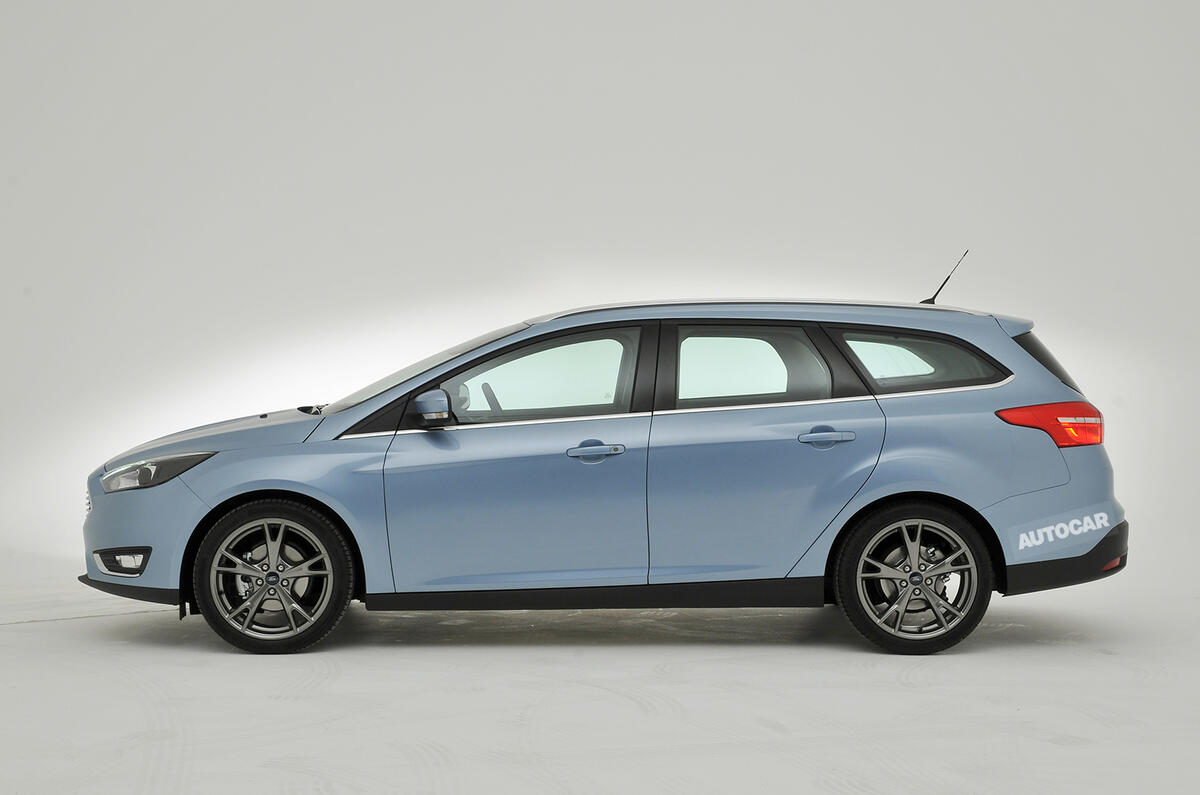
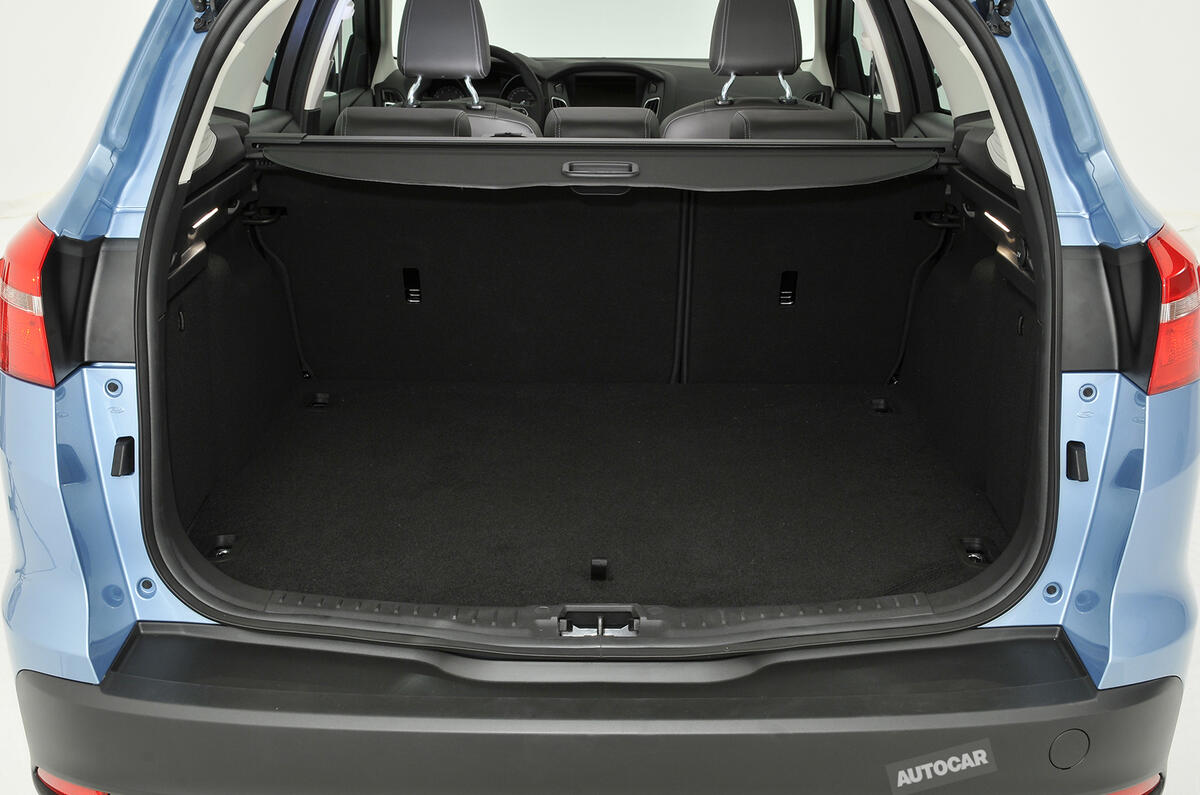
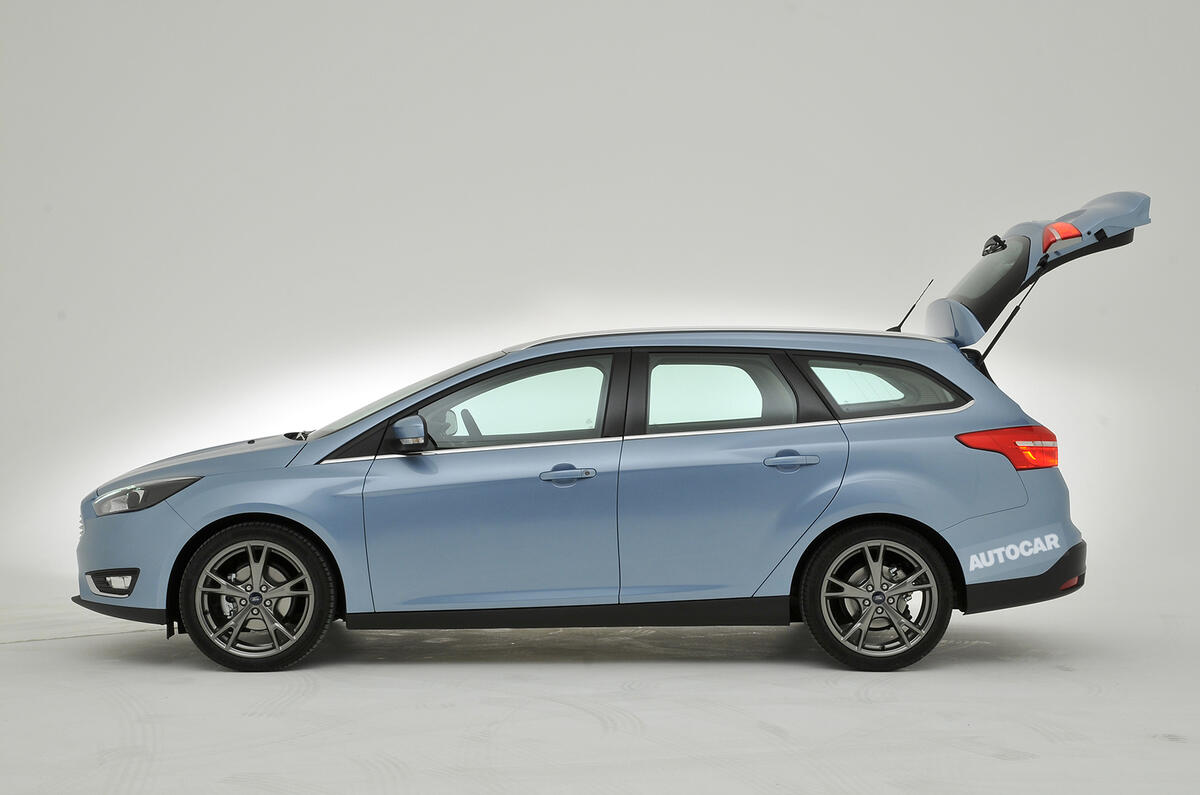
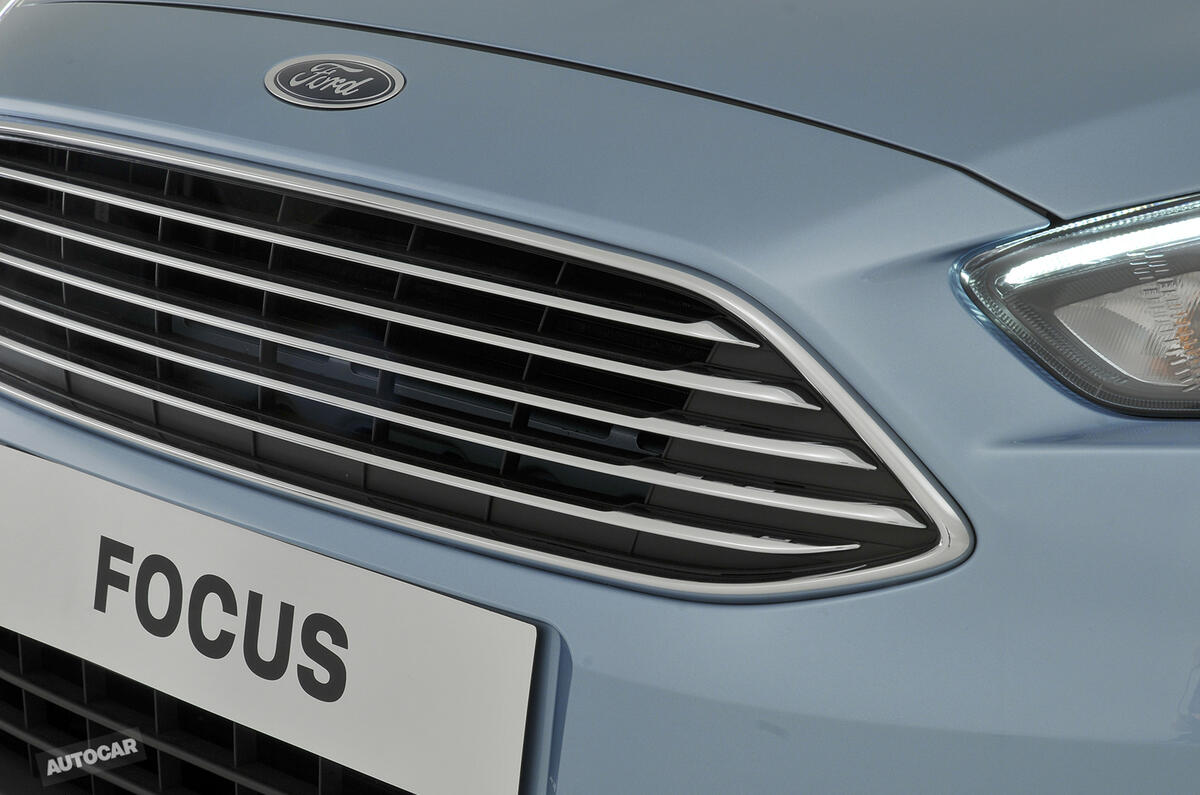
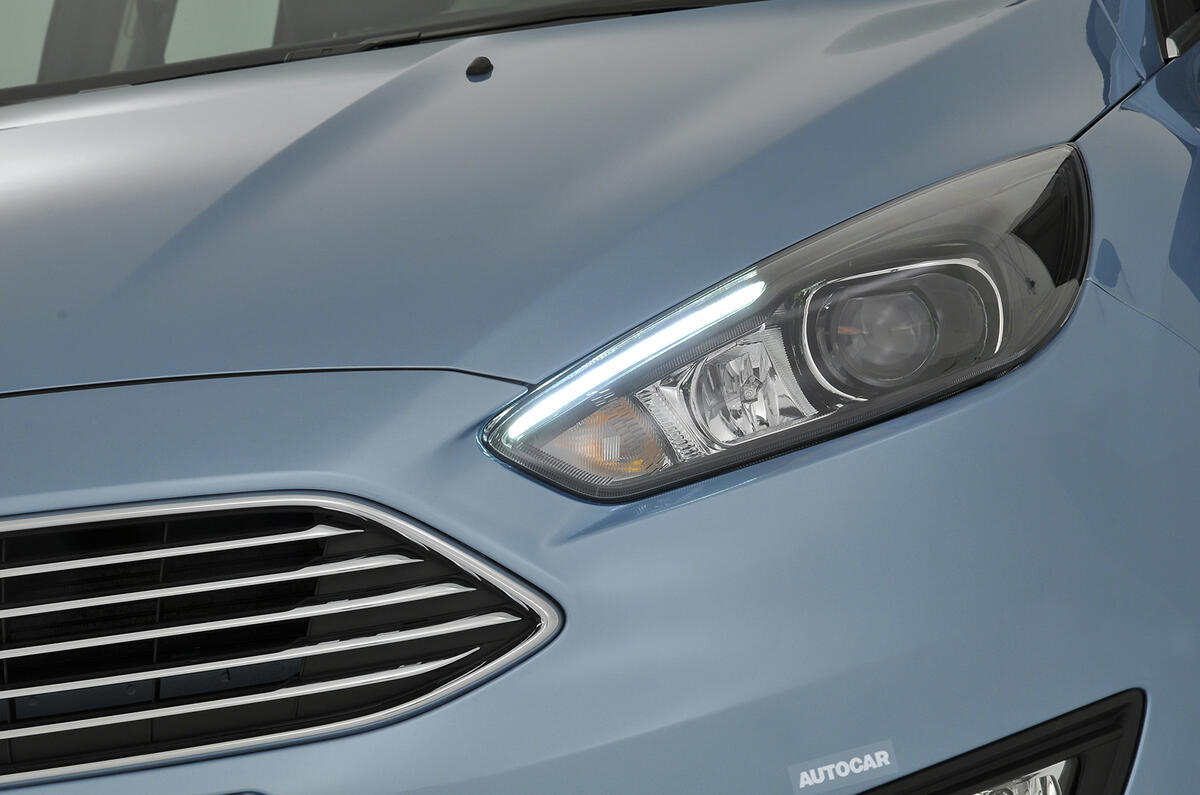
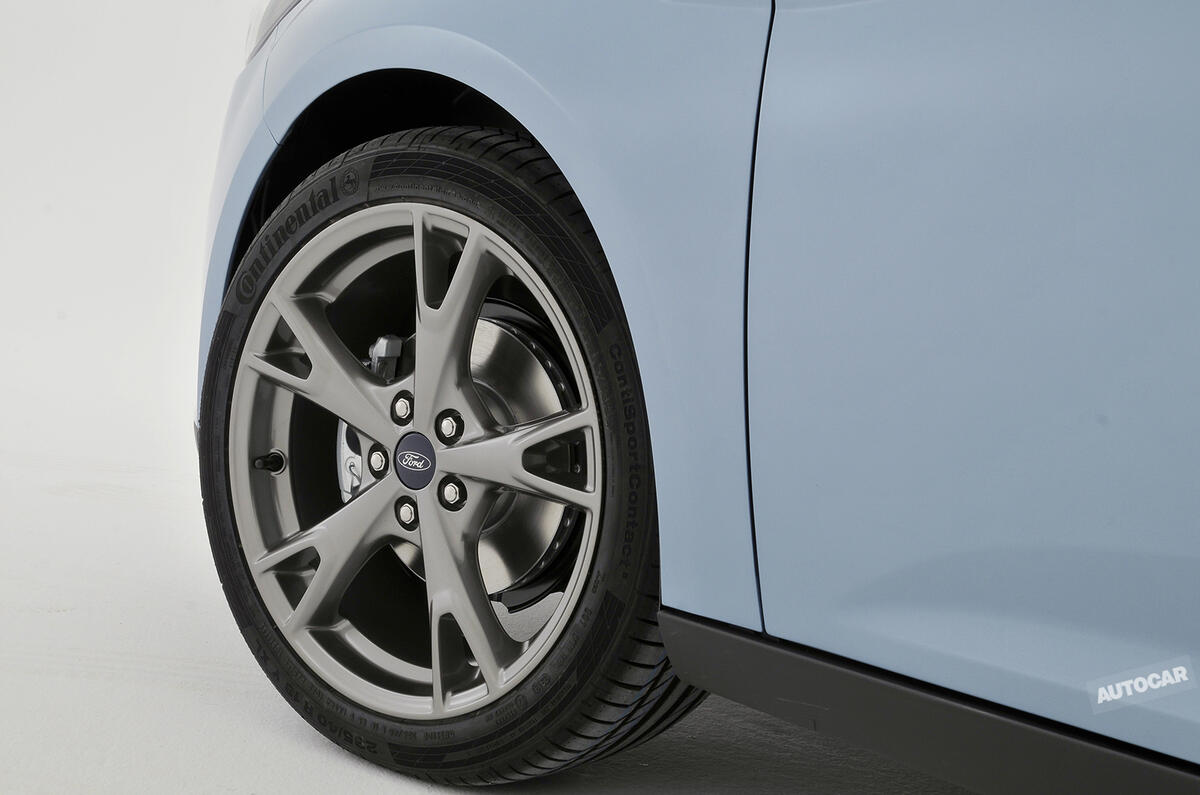
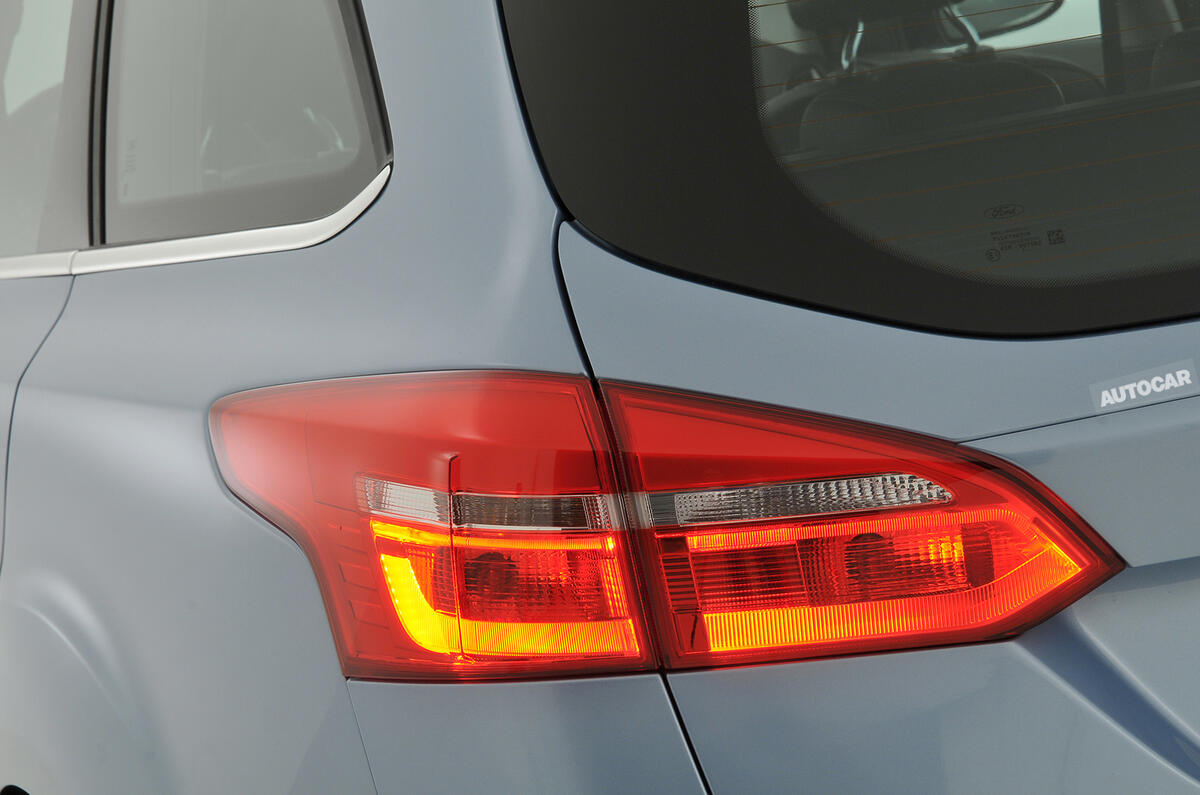
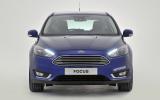
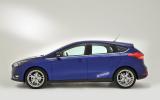
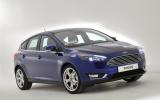
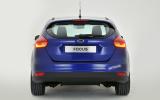
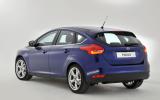
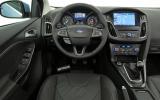


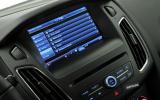
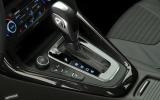
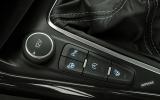
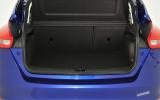
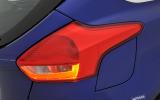
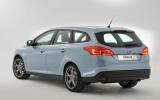

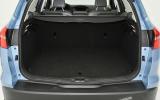
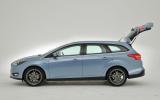

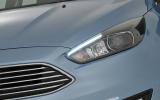
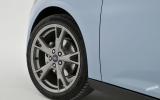



Join the debate
Add your comment
I don't ever remember reading
shame they ran out of money
I would be surprised if these